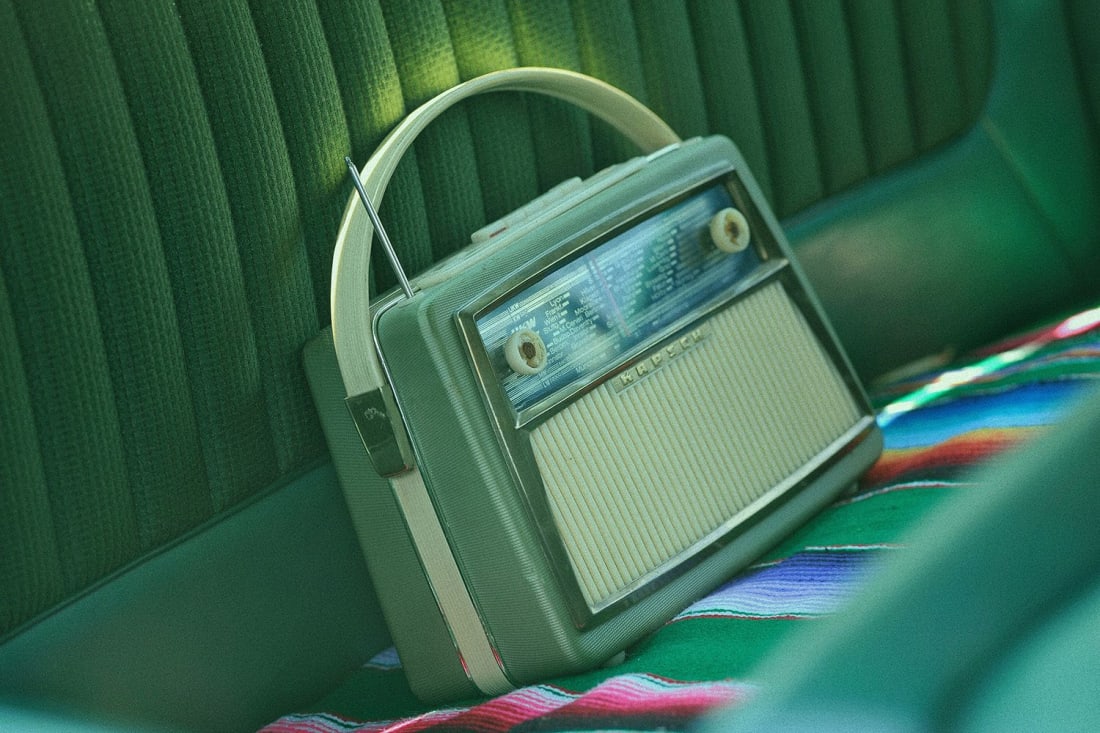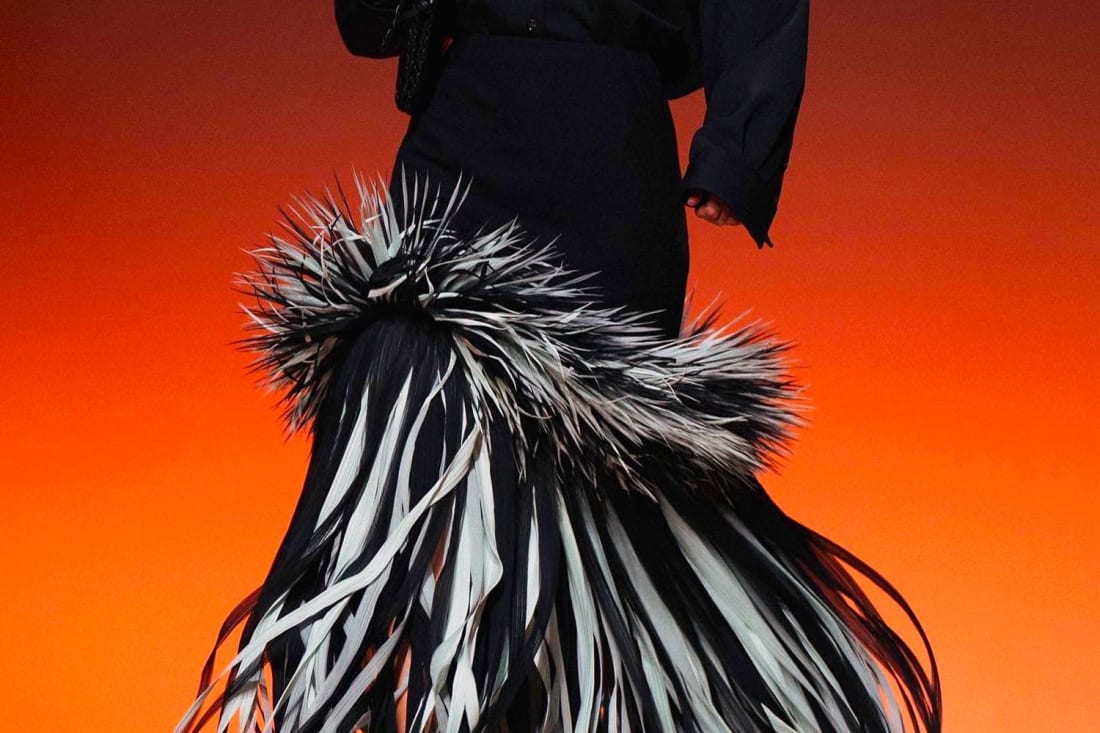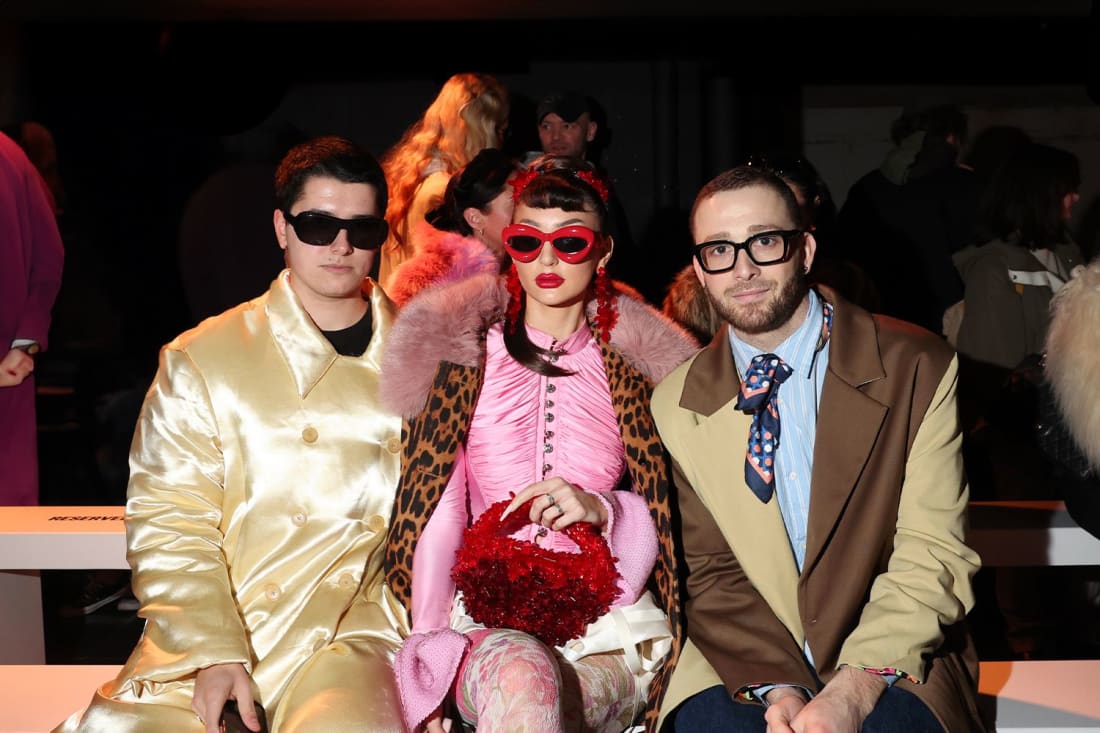Why fashion week is becoming so tough for young designers
For emerging creators, putting everything into runway shows can be a gamble. Amid spiralling costs, some are finding innovative ways to showcase their work
For emerging creators, putting everything into runway shows can be a gamble. Amid spiralling costs, some are finding innovative ways to showcase their work
“First of all is the show space, then the models, then you have the set and set design, then you have the team expenses and the travel costs, you also have the British Fashion Council fee if you want to show on calendar…” I’m listening to emerging fashion designer Sam Slattery as he rattles off a list of costs that designers face to put on a show during Fashion Week. His list is by no means exhaustive.
Add to that “make-up, hair, shoes for the models, food for the team,” says Stephen Lawton, fashion PR and founder at The 223 Agency. “Plus a photographer to cover the catwalk or presentation and a backstage photographer if you want that content as well, and a lot of costs that people don’t think about.”
29-year-old Slattery graduated from Central Saint Martin’s – one of the most prestigious fashion schools in the UK – last year. He was also a previous recipient of the highly competitive LVMH scholarship, yet his work did not make it onto the catwalk this season.
Frost, 30, graduated from the Royal College of Art (RCA) and has designed 20 collections, though he says only his previous four really got noticed. “You have to keep pushing. You have to put your work out there for it to carry on. If you don’t put your work out there, no one’s going to see it.”
“For someone like me that’s a working-class designer from a council estate in southeast London, I found it extra difficult because I don’t come from a family of wealth,” he tells woo. Frost currently works as a teacher in order to have the financial stability to also be a designer. “My whole half term was [spent] in my studio,” he says.
Taking his own advice, when Frost didn’t secure enough funding this season for a London show, he shot his own lookbook. He photographed models in St Leonards-On-Sea, Hastings, where he’s based, and posted it on Instagram. “You don’t know who’s going to like it, who’s going to share it, or request to borrow it. And it also means that your work is still out there, even without a catwalk show. Sometimes I get a bigger reaction from Instagram than I do from a catwalk show,” he says.
The advantages of the digital age are not to be underestimated. “With the power of Instagram and TikTok and other social [media], I think a lot of people don’t necessarily need to show at fashion week in the way they did in the past,” says Lawton.
He represents designers including Clio Peppiatt and Edeline Lee, who have never had catwalk shows on schedule, but market their label through presentations or off-schedule events. For example, Peppiatt launched her Summer 23 collection with an exclusive invitation-only event in June last year, while Lee evoked the catwalk last season by placing models in a glass shopfront walking on a loop for viewers to watch from outside.
“With AI growing, maybe the way people do fashion shows will turn into their designs being modelled by AI models on digital runways, but I think to actually see the clothes in person seeing how they move in real life, that’s not something AI can copy exactly,” Lawton says.
One entrepreneur is leading the charge towards fashion in the Metaverse, as much as IRL. “What before would have cost a full studio team’s workload now resides at your fingertips,” says Leanne Elliott Young, co-founder and CEO at the Institute of Digital Fashion. “In true democratic form, what used to be reserved for the privileged post-graduate few who have the resources to fund a studio and team, now allows those with an informal education to build and launch brands with digital aids,” she says.
The inaugural Metaverse Fashion Week happened in 2022 and was by no means a flawless attempt at replicating IRL fashion week, but it’s a window into the possible future solutions that struggling artists could rely on to get their work seen.
So, could this signal the death of the catwalk for emerging talent? If costs are so high, surely only the biggest players can afford to front the ever-growing show costs. The knock-on effect remains to be seen. One thing it surely cannot kill, though, is creativity and ingenuity.
“It’s a lot of work. You have to keep going and you have to ignore your inner saboteur. I call mine Brenda. Ignore Brenda,” Frost says. “Keep going and eventually your delusion becomes reality. And it’s not delusional – it’s having faith in yourself as a creative person.”



















